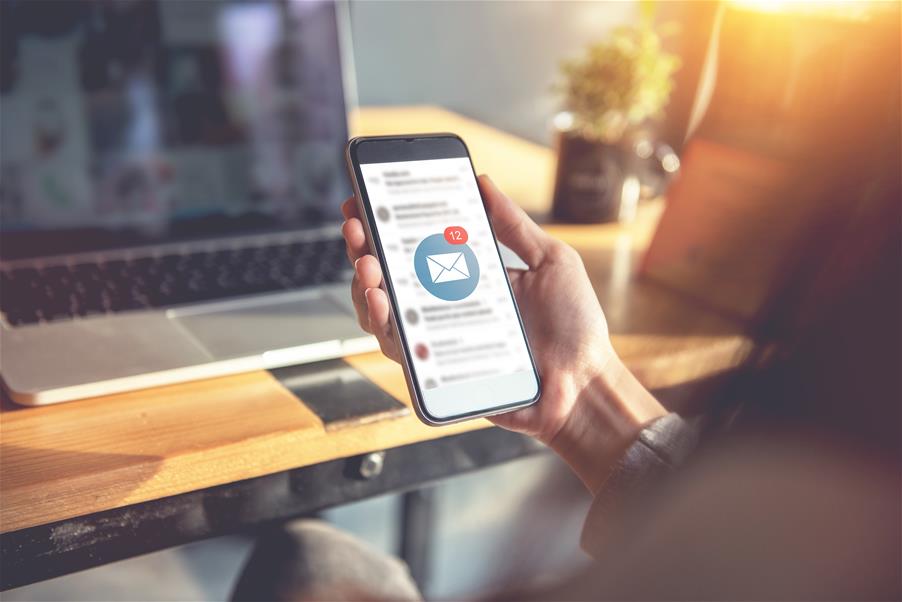Healthcare is now experiencing a rapid increase in the use of email and text messaging and social media in general to communicate with patients. There are benefits and risks involved in the use of such technology to both the patient and to the health practitioner.

Risks
Unwanted sharing
Once you have given your mobile contact detail out its subsequent distribution cannot be controlled.
Potential privacy breach
Failure to obtain your patient’s consent to communicate in that manner and potential for a privacy breach where the information is seen by others.
Misinterpretation
There is also the opportunity for misinterpretation of a message when practitioners provide too little information to ensure privacy is not breached
(eg the preferred “your result is available” vs “your result is abnormal and needs to be discussed”).
Appropriateness
Mobile communications are not suitable for all messages that you wish to be delivered to your patients. You may encounter risks when deciding the appropriate channel of communication for more formal topics.
Benefits
Convenience
Most Australian’s use their phones daily, allowing medical practitioners to communicate with their patients in a fast and efficient manner.

Low-cost
Mobile is a low-cost form of communication. Many mobile devices now have unlimited messaging and allow users high data usage capacities.
Mass adopted technology
Mobiles allow users to engage in communications in a simple manner, leading to a mass adoption. Most people in Australia are contactable via some form of mobile device.
High Reach
Messages are likely to be read and responded to in a short time frame due to the nature of use of mobile devices. Unwanted spam is uncommon through messaging.
Minimising your risk
In general terms, this form of communication should only happen where the practitioner deems it to be clinically appropriate and where a face-to-face consultation is unnecessary for that patient. Practitioners need to consider the quality and safety of care they can provide to patients via electronic means.
In summary, some things you can do to minimise your risk:
- Ask about a policy's in your workplace for this service – guidelines regarding who can send, receive and respond
- Obtain your patient’s consent for electronic communication and document this
- Be mindful of privacy breaches – routinely check patient personal details
- Limit content to non-sensitive non-essential issues such as appointment and non-urgent recall reminders
- If sensitive/essential, state “need to return to the practice about your result”
- Include all these communications in the medical record
- If a patient does not return when recalled, try an alternative method of contacting, eg registered post letter
- Moreover, it is also advisable to state what type of information will be sent via email, eg general information, appointment notifications/reminders, patient/medical history
- Generally, when an email address is provided this is implied consent for a practitioner to use it, however, it is advisable to state that the address will be used.
Resources
The RACGP provide some valuable resources, namely:
Text messaging in general practice RACGP best practice
Criterion 1.1.2 Telephone and electronic communications www.racgp.org.au/standards/112

